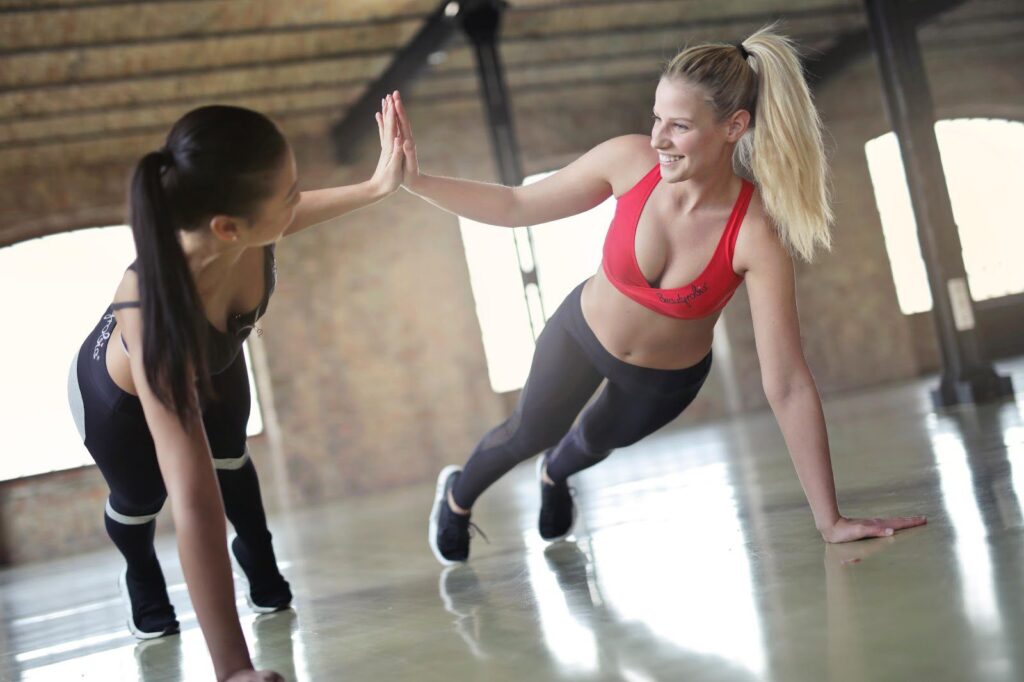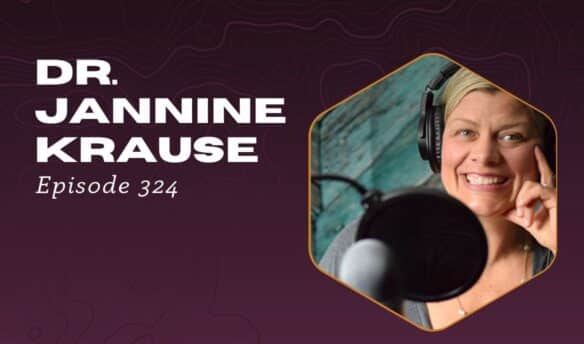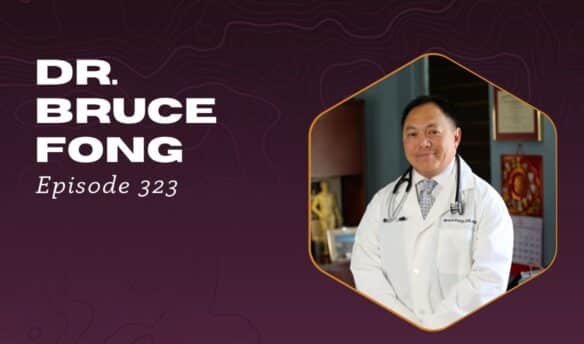Even if it’s not enough for a clinical diagnosis, most people would say at some point they have struggled with depression, anxiety, and especially stress or pain. Sometimes there are physical injuries affecting our mood; and oppositely, emotional trauma can affect our bodies too. Why? Because mental health and fitness are connected more than we know. Out of all the treatments available for mental health, one of the most effective will always be physical fitness and the mind muscle connection.
In the day-to-day routine of life, a lot of us are mentally checked out, or disconnected, from our bodies. For example, we walk without feeling our feet. We breath without feeling our lungs, and so on. When we make a conscious effort to flip that switch and turn awareness on, magic happens. Well, it’s more science than magic really. When the mind is connected to the muscles, more muscles get engaged and endorphins are released into the body which improves blood flow and in turn reduces anxiety, depression and pain.
Get to Know Your Body
Feeling healthy mentally starts with having a healthy relationship with your body. It’s important to be in touch with how you feel and what’s affecting that – understanding how certain activities make you feel. For example, if someone is nervous or anxious at the gym they might not get as good of a workout. Their body is in fight or flight mode and wants to get out of there. Instead of thinking about their core and breathing they’re wondering if anyone is looking at them.
Let’s change that scenario by connecting the mind and body: Counting 5 breaths in and 5 breaths out. Keeping the core tight. Feeling the muscles in the legs. Feeling the comfort level in the feet and shoes. Watching the time… fastest mile ever. Victory!
Being present – mentally and physically – is key for success in whatever you do. Whether it’s work, family, or fitness. Most people struggle with this. That’s why there’s a newfound buzz for The Power of Now, a bestselling book on the spiritual side of this concept. When it comes to fitness, it’s true that you get a much better result when you slow down.
Healing Trauma Through Movement
Mental health and fitness are related in many ways, but a lot of the connection comes from physical behaviors and our brain’s positive or negative associations with them. The endorphin release is like a neurological massage; feeling good physically leads to feeling good mentally. That runners high or “feeling the burn” – we need it! Especially when we are stressed or grumpy, and that’s usually when we want to work out the least.
Muscle memory is another key component. We often forget how amazing our bodies are. If there’s physical or emotional trauma from a past situation, the body may react accordingly under stress today. It usually happens without the person even thinking about it. The nervous system is habituated to processing stress in a specific way, and it’s not easy to get out of that routine, but it is possible. When our body is processing stress better, our mind will follow suit.
Some ways your mind can heal by movement:
– Exercise being an outlet to release stress
– Guiding bodily attention to navigate stress
– Processing stress in new ways, with positive behaviors
– Correcting movement patterns affected by trauma
Behave Differently – Think Differently
Digging deeper into muscle memory, it’s important to understand what’s going on with the mind-body connection when being physically active. The more you repeatedly do something; your brain builds up a procedural memory so that over time your brain can instruct your muscles to carry the exercise out faster. Where it can get dangerous is that muscle memory doesn’t judge whether you’re doing good or bad, so you could be creating bad habits by repeating improper form. It can be very hard to overcome bad muscle memory habits, especially if they are rooted in an emotional trauma.
Keys to Building Positive Muscle Memory
– Take it slow – go back to learning – don’t rush
– Get out of your own way – don’t overthink – let go of ego
– Break the exercise up into parts and concentrate on learning one part really well
– Practice that party slowly until you’ve got the perfect form
– Then speed it up little by little
– Take breaks and be patient
– Celebrate achievements, think positive thoughts about your physical abilities
Don’t quit! Results take time and practice makes perfect.
Less is More
When it comes to improving physical fitness and mental health, small changes make a big difference. Instead of using random machines at the gym, have a plan of what body part you’re working on. When it comes to cardio, you have to sweat. Peddling the bike aimlessly for an hour while watching TV will not get you the results you want. Cut the time in half and really get your heart rate up. Blood needs to be pumping, endorphins need to be fired up.
Develop new patterns for yourself or your body will just use its old normal ones.
Remember:
– Don’t think about weight loss – Focus on a better body and better health
– Everybody is different, you have to figure out what works for you and your body
– Make notes about your workouts – Track progress in a journal
Stand Strong – Avoid Common Posture Problems
Believe it or not, most posture problems start at the pelvis. It’s typically twisted due to an uneven distribution of weight. This happens often for women who stand often with their weight on one leg and hip pointed out. Along with causing pain, poor posture can also affect your mood and overall well being. If you’re feeling rough, think about your body’s alignment and ask yourself what is not stacked correctly.
Because there is such a strong connection between physically being grounded and mentally being grounded, follow this guide throughout your day to day life:
How to Stand Properly!
– Stand and feel all 4 corners of your feet – heels, little toes, big toes
– Think about your heels – imagine pulling them together, this engages your core and butt
– Drive toes to the floor – like you’re hanging on for dear life!
– Imagine pulling your hips over your heels
– Focus now on your bellybutton – pull it in – this activates your core
– Go back to the feet and start over
– Now roll your shoulders down and back
– Imagine your elbows reaching to your back pockets
– Bring your chin back over your shoulders
– Ears are pulling up to the ceiling
– Release tension in your jaw
Feel Better by Connecting Your Mental Health and Fitness
If you’re feeling like it’s time to step up your fitness level but are finding it difficult, remember to start small and begin by flipping the switch to turn on the mind-body connection. It’s amazing how connected the body and mind are. Tapping into this connection results in a better body that lasts longer. You don’t have to jump into something intense like CrossFit. Start with focusing on gentle body movements and posture and see how quickly your body helps the mind break through trauma with exercise.
This blog post is a summary of a podcast! Want to hear more? Click here now to listen to the full podcast.
youtube





